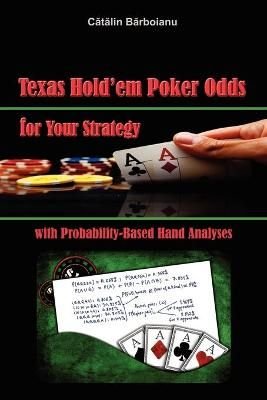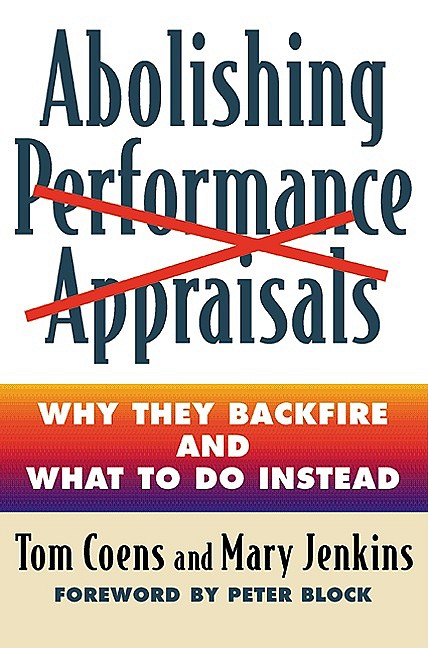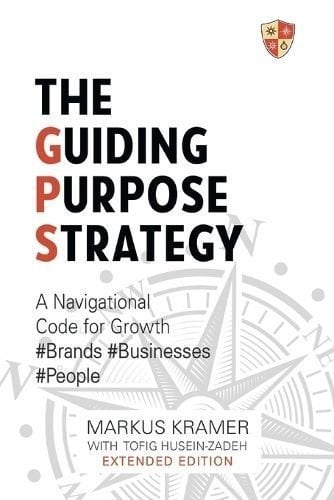In the flop stage, what are your odds of achieving a straight by river and what are the odds of your opponents achieving something higher? If you will achieve the straight, what are the new odds of your opponents beating it in the river stage? How about the full house? How strong is your hand from mathematical point of view and how can you use this information in your play? This is the kind of questions that this book deals with. In improving poker skills, acquisition of information is vital, whether we talk about data a player collects during a specific game or pre-established mathematical facts behind the card distribution, including prediction. Texas Hold’em Poker is a game highly suitable for probability-based decisions. The power of a single card changing the hand hierarchies at every stage is a strong argument that every objective strategy should be probability based and so the card odds should be part of such a strategy. The book is a complete probability guide of Hold’em Poker, covering all possible gaming situations, an improved edition of the bestseller “Texas Hold’em Odds”, published in 2004. In this edition, the author focused on the practical side of the presentation and use of the probabilities involved in Hold’em, while taking into account everywhere the subjective side of the probability-based criteria of each player’s strategy. The first part of the book deals with the odds of specific card formations, from one pair to straight flush, at every stage of the game, grouped in three large categories: long-shot odds for own hand, long-shot odds for opponent’s hands and immediate odds. These odds are collected in tables at the end of each section and, where generating two-dimensional tables was not possible, the compact formulas returning the odds are provided. All tables and formulas are followed by examples of how to use them for finding the desired odds in a specific gaming situation. All probability results were worked out through compact ma …












